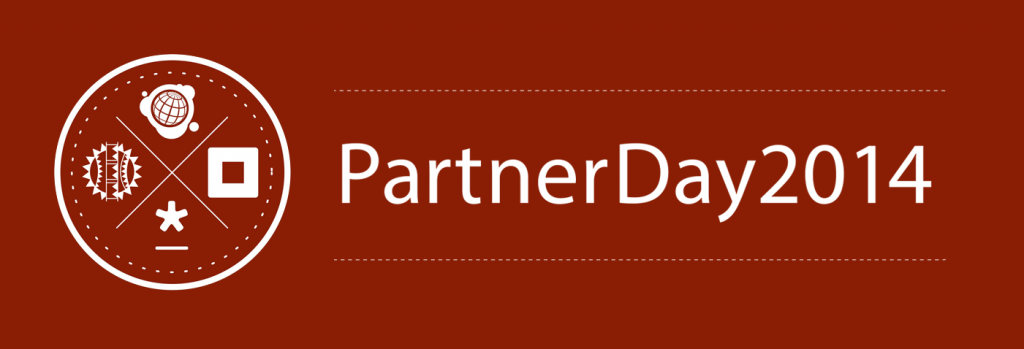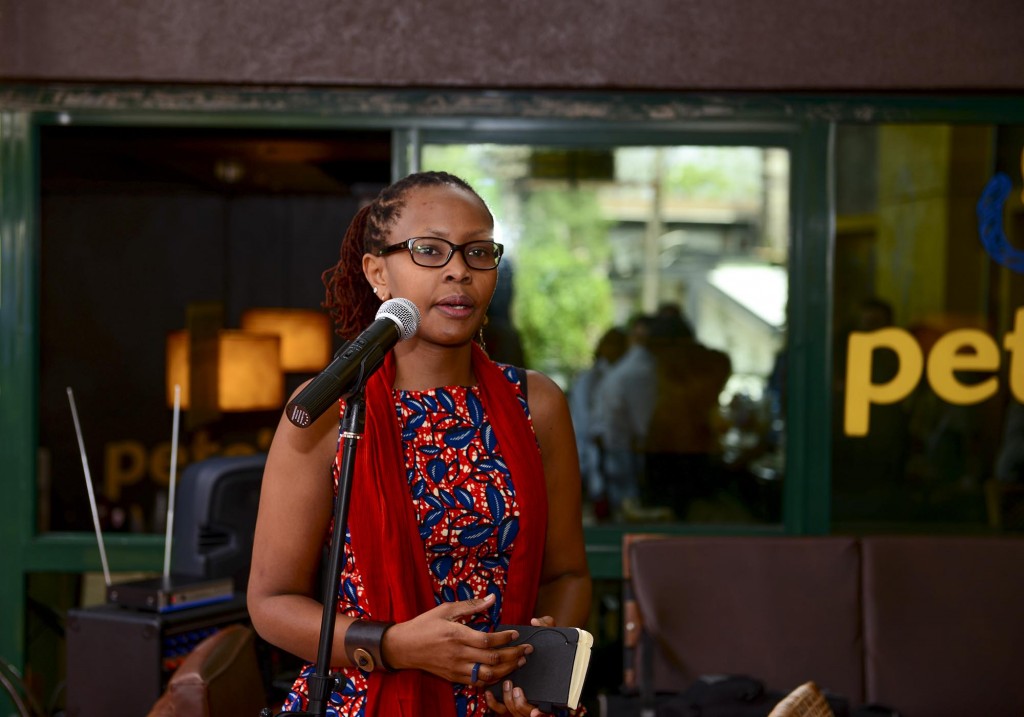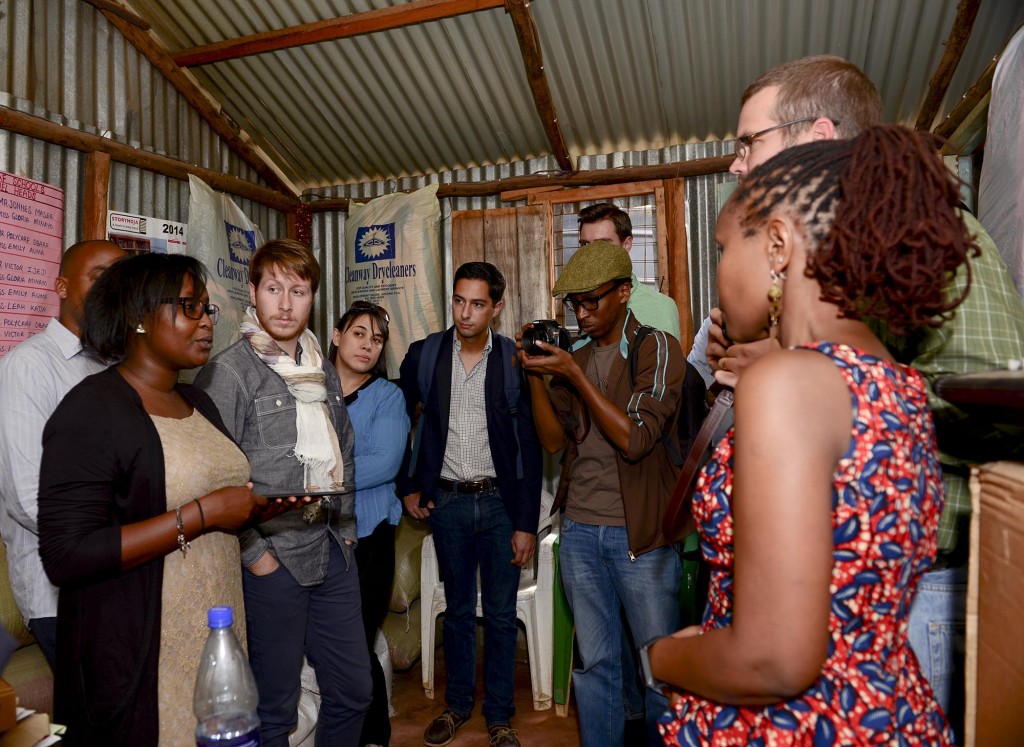
[Guestpost by Arushi Jain, Development Intern on Ushahidi Platform]
We all have multiple identities. We are citizens of various countries, and residents of many others; lovers of certain cultures, and supporters of all others; experts in a few fields, and disciplines of all the curiosities the world has to offer. In the Bishop Magua building here in Nairobi, we add another clause to this complex and indefinite definition of identity - we are locals of nowhere, and by being citizens of the internet, we are locals of everywhere.
Today marks the first day of the Partnership Day held in Kenya by the communities involved in Ushahidi, BRCK, iHub and Akirchix. It is an attempt to take a step back, and engage our community in a discussion that applauds the successes, understands the failures, and asks each individuals the question - what has led to the impact we have had, and how do we multiply this impact?
In her opening address at the local Pete’s coffee shop, as partners, team members and community leaders shared hopes over a cup of coffee, Juliana Rotich challenged our minds with the hopes of the ecosystem for its future.

“It's 2014 and we need to stand up for human rights”, she said.
Ushahidi, since its conception after the post-election violence in Kenya, has considered this not just a necessity, but a duty. Piece by piece, it has helped setup, support and establish the a community of other game changers who have adopted this purpose of empowering locals everywhere to solve their own problems, and stand up for their own rights. With BRCK soon bringing connectivity along with computation, Akirachix fighting gender norms by spreading the infectious confidence that comes with learning, and iHub giving anyone who wants to make a change the space to do so, the ecosystem that slowly brews is solving real problems.
The day was centred around exposing our partners first hand to the exponential impact created by the ecosystem. For the first field visit, the participants travelled to a local school to see how BRCK was bolstering education, and directly making better futures a bigger possibility. Increasing the circle of access, the BRCK setup in the the headmasters room allowed students sitting in classes to access the internet on the tablets donated to the school1 by Ileemu, another child of the Bishop Magua family.
An application that digitizes the school curriculum, aids understanding with extra content and games, and also trains teachers to become more comfortable teaching with technology, Ileemu has been successful in increasing participation in school. It the future, it hopes to learn more from the information it is collecting and make learning by itself the easiest skill to learn. A pilot program, this sparked off a lot of discussion on how to package this in a model that could easily expand to other less connected parts of the country. This revealed the extensibility of the BRCK design, which was being built for resiliency.

Having established the leaps in innovation that this ecosystem has created for itself and others, there was an obvious imminent need to set the stage bigger. Later in the day, the group toured various prospects for where this community might call home in the future. With the explosion of new organizations that were exponentially in impact, an opportunity to expand the innovation hub is on the horizon. We asked each other, what if there was a space in the centre of Nairobi that could become the go-to campus for locals to learn about technology, empower themselves to become citizens of the internet, and as a consequence agents of change.
The response turned out to be an image of the future where individuals were encouraged to open the door for others.
 [Guestpost by Arushi Jain, Development Intern on Ushahidi Platform]
We all have multiple identities. We are citizens of various countries, and residents of many others; lovers of certain cultures, and supporters of all others; experts in a few fields, and disciplines of all the curiosities the world has to offer. In the Bishop Magua building here in Nairobi, we add another clause to this complex and indefinite definition of identity - we are locals of nowhere, and by being citizens of the internet, we are locals of everywhere.
Today marks the first day of the Partnership Day held in Kenya by the communities involved in Ushahidi, BRCK, iHub and Akirchix. It is an attempt to take a step back, and engage our community in a discussion that applauds the successes, understands the failures, and asks each individuals the question - what has led to the impact we have had, and how do we multiply this impact?
In her opening address at the local Pete’s coffee shop, as partners, team members and community leaders shared hopes over a cup of coffee, Juliana Rotich challenged our minds with the hopes of the ecosystem for its future.
[Guestpost by Arushi Jain, Development Intern on Ushahidi Platform]
We all have multiple identities. We are citizens of various countries, and residents of many others; lovers of certain cultures, and supporters of all others; experts in a few fields, and disciplines of all the curiosities the world has to offer. In the Bishop Magua building here in Nairobi, we add another clause to this complex and indefinite definition of identity - we are locals of nowhere, and by being citizens of the internet, we are locals of everywhere.
Today marks the first day of the Partnership Day held in Kenya by the communities involved in Ushahidi, BRCK, iHub and Akirchix. It is an attempt to take a step back, and engage our community in a discussion that applauds the successes, understands the failures, and asks each individuals the question - what has led to the impact we have had, and how do we multiply this impact?
In her opening address at the local Pete’s coffee shop, as partners, team members and community leaders shared hopes over a cup of coffee, Juliana Rotich challenged our minds with the hopes of the ecosystem for its future.
 “It's 2014 and we need to stand up for human rights”, she said.
Ushahidi, since its conception after the post-election violence in Kenya, has considered this not just a necessity, but a duty. Piece by piece, it has helped setup, support and establish the a community of other game changers who have adopted this purpose of empowering locals everywhere to solve their own problems, and stand up for their own rights. With BRCK soon bringing connectivity along with computation, Akirachix fighting gender norms by spreading the infectious confidence that comes with learning, and iHub giving anyone who wants to make a change the space to do so, the ecosystem that slowly brews is solving real problems.
The day was centred around exposing our partners first hand to the exponential impact created by the ecosystem. For the first field visit, the participants travelled to a local school to see how BRCK was bolstering education, and directly making better futures a bigger possibility. Increasing the circle of access, the BRCK setup in the the headmasters room allowed students sitting in classes to access the internet on the tablets donated to the school1 by Ileemu, another child of the Bishop Magua family.
An application that digitizes the school curriculum, aids understanding with extra content and games, and also trains teachers to become more comfortable teaching with technology, Ileemu has been successful in increasing participation in school. It the future, it hopes to learn more from the information it is collecting and make learning by itself the easiest skill to learn. A pilot program, this sparked off a lot of discussion on how to package this in a model that could easily expand to other less connected parts of the country. This revealed the extensibility of the BRCK design, which was being built for resiliency.
“It's 2014 and we need to stand up for human rights”, she said.
Ushahidi, since its conception after the post-election violence in Kenya, has considered this not just a necessity, but a duty. Piece by piece, it has helped setup, support and establish the a community of other game changers who have adopted this purpose of empowering locals everywhere to solve their own problems, and stand up for their own rights. With BRCK soon bringing connectivity along with computation, Akirachix fighting gender norms by spreading the infectious confidence that comes with learning, and iHub giving anyone who wants to make a change the space to do so, the ecosystem that slowly brews is solving real problems.
The day was centred around exposing our partners first hand to the exponential impact created by the ecosystem. For the first field visit, the participants travelled to a local school to see how BRCK was bolstering education, and directly making better futures a bigger possibility. Increasing the circle of access, the BRCK setup in the the headmasters room allowed students sitting in classes to access the internet on the tablets donated to the school1 by Ileemu, another child of the Bishop Magua family.
An application that digitizes the school curriculum, aids understanding with extra content and games, and also trains teachers to become more comfortable teaching with technology, Ileemu has been successful in increasing participation in school. It the future, it hopes to learn more from the information it is collecting and make learning by itself the easiest skill to learn. A pilot program, this sparked off a lot of discussion on how to package this in a model that could easily expand to other less connected parts of the country. This revealed the extensibility of the BRCK design, which was being built for resiliency.
 Having established the leaps in innovation that this ecosystem has created for itself and others, there was an obvious imminent need to set the stage bigger. Later in the day, the group toured various prospects for where this community might call home in the future. With the explosion of new organizations that were exponentially in impact, an opportunity to expand the innovation hub is on the horizon. We asked each other, what if there was a space in the centre of Nairobi that could become the go-to campus for locals to learn about technology, empower themselves to become citizens of the internet, and as a consequence agents of change.
The response turned out to be an image of the future where individuals were encouraged to open the door for others.
Having established the leaps in innovation that this ecosystem has created for itself and others, there was an obvious imminent need to set the stage bigger. Later in the day, the group toured various prospects for where this community might call home in the future. With the explosion of new organizations that were exponentially in impact, an opportunity to expand the innovation hub is on the horizon. We asked each other, what if there was a space in the centre of Nairobi that could become the go-to campus for locals to learn about technology, empower themselves to become citizens of the internet, and as a consequence agents of change.
The response turned out to be an image of the future where individuals were encouraged to open the door for others.